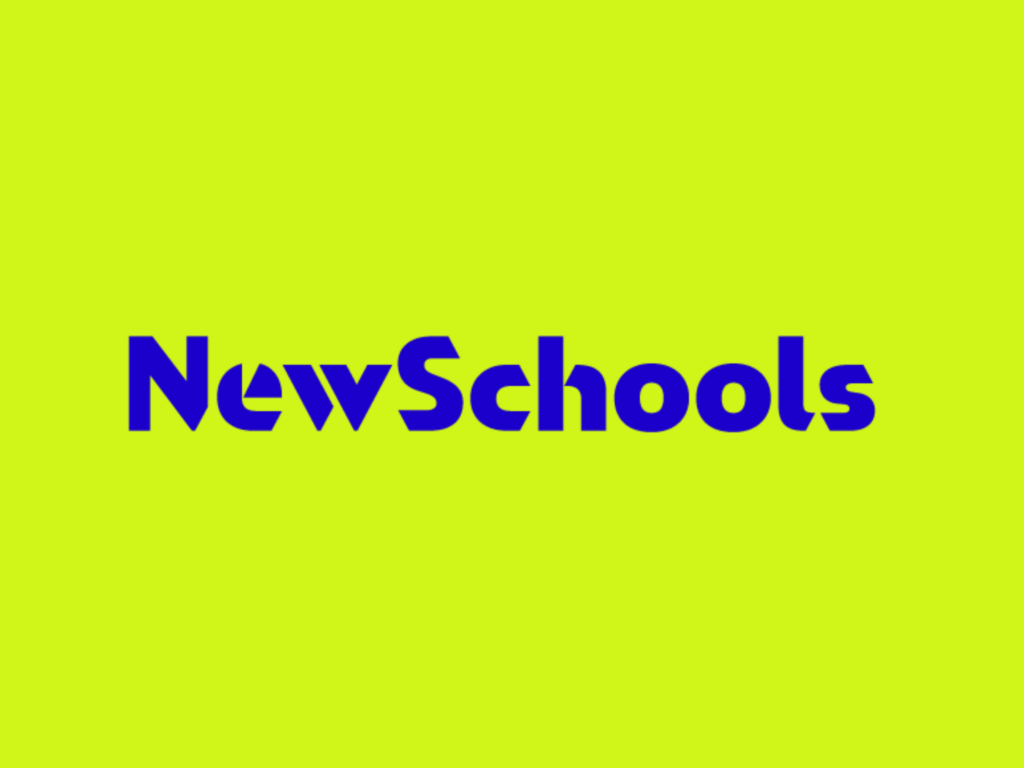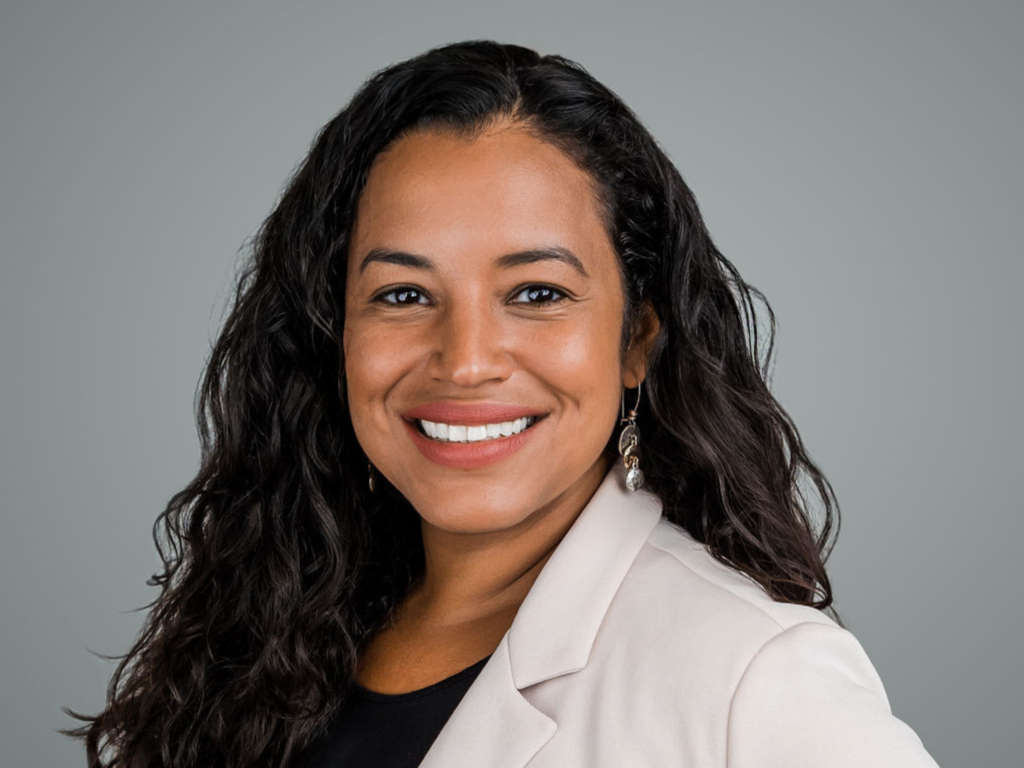by Joanne Weiss, Harvard Business Review
One of the most poignant summaries of the market for innovative technology solutions in education is that it is forever in its infancy. That statement was true 30 years ago, when the Apple II was introduced into schools and I first started working in education technology, and it is true today.
The problem is not a lack of creativity or great ideas. Nor is the problem one of effectiveness — educators have had access for decades to sophisticated, personalized, and highly-effective online instruction and tutors. The problem is rather one of culture and capital. The demands of practitioners and the market supply of innovation from entrepreneurs are simply mismatched.
The capital markets that fund education innovation — both for-profit and nonprofit — are largely broken. When for-profit investors fund technology solutions, they naturally seek good returns on their investments. To deliver those returns, developers cater to the largest possible market: large urban and suburban K-12 districts.
Unfortunately, these districts are notoriously weak consumers. They often buy technology and pursue innovation based on relationships and networking, rather than based on effectiveness. Given the relative dearth of valid, reliable measures of student achievement, few innovative programs can demonstrate their efficacy – so why not select solutions sold by someone you’ve worked with for years, or buy the products that come with the best give-aways, or purchase from the company everyone has heard of? The result is a large-scale market of technological mediocrity. High-quality solutions do not rise to the top – and effectiveness is neither recognized nor rewarded.
Enter philanthropic capital. Education is a social good, so perhaps foundations offer better pathways to successful innovation than the market alone? Regrettably not. Foundations typically fund projects, not products. And in education, that usually means foundations give money to schools or districts to build or customize solutions to address their specific needs. Foundations, in other words, tend to fund the users or practitioners, not the entrepreneurs.
Each user, in turn, grapples with its needs in isolation. It creates its own homegrown, fragmented, one-off programs. Their solutions generally don’t scale well – they start breaking down when too many students or teachers or schools or districts begin using them. And as technology changes, district developers don’t have the wherewithal to keep up, so the solutions start lagging behind.
In no time, the once innovative solution becomes a “legacy system” that cannot be updated because it’s too expensive, or because the programmer who knew the code is gone. It doesn’t work on the new hardware the school just bought. It crashes the latest version of the operating system that just got installed. The user interface is outmoded, and the new app or feature that everyone else has just costs too much to add. That’s no way to build a market.
Yet there is a third way. We tried it at the NewSchools Venture Fund, where I used to work. We brought together about a dozen chief academic officers from some of the highest-performing school systems and charter management organizations in the country and asked them what prevented them from dramatically improving their students’ outcomes. Then we asked the best education entrepreneurs we knew to help imagine solutions that would meet the needs of the practitioners.
The theory of action was that instead of building solutions that catered to the lowest common denominator, entrepreneurs should pursue innovations that enabled the best – solutions that automated smart, effective processes and could be used to improve practice and process in all schools. If a core group of innovations elevated the quality of teaching or the ease of learning, bolstered teacher effectiveness, or improved efficiency, then for-profit and nonprofit capital might invest to fund the right things – innovative solutions that would make a difference for students.
Pairing smart practitioners with smart entrepreneurs was a winning combination. Several years earlier, KIPP had raised foundation money to build their own homegrown lesson-sharing website so that teachers across all their schools could share curriculum materials. The school that initially developed the lesson-sharing website loved it. But the other schools found it less intuitive, and it was expensive and difficult to maintain and enhance.
In fact, sharing great curricular content and creating a collaborative, professional, teacher sharing and support network was a big need for many of the high-performing school systems. As it happened, a smart, young entrepreneur from Boston – a Teach for America alumnus named Alex Grodd – was working on just the thing. Today that program, Better Lesson, has been enhanced based on input from great practitioners – and it’s being deployed across KIPP and many other schools. KIPP’s homegrown solution has been retired.
Achievement First, a school system in New York City and Connecticut, had a similar story to tell. They built a highly effective, data-driven culture in their schools that depended on a formative assessment regimen. Initially, they administered formative assessments by hand. That proved inefficient as their school network expanded, so they contracted with a local software house to build a solution for them. The new software was more convenient for their teachers and it put better data in their hands faster – when it worked. But it wasn’t built for scale, and it couldn’t be modified or upgraded easily.
When it came time to develop version 2.0, Achievement First looked elsewhere. Wireless Generation, an innovative assessment company, stepped in to help. The two – together with a number of other school systems – are working hand in hand to create better and more adaptable systems for monitoring assessment data at scale.
Technological innovation in education need not stay forever young. And one important change in the market for education technology is likely to accelerate its maturation markedly within the next several years. For the first time, 42 states and the District of Columbia have adopted rigorous common standards, and 44 states are working together in two consortia to create a new generation of assessments that will genuinely assess college and career-readiness.
The development of common standards and shared assessments radically alters the market for innovation in curriculum development, professional development, and formative assessments. Previously, these markets operated on a state-by-state basis, and often on a district-by-district basis. But the adoption of common standards and shared assessments means that education entrepreneurs will enjoy national markets where the best products can be taken to scale.
In this new market, it will make sense for teachers in different regions to share curriculum materials and formative assessments. It will make sense for researchers to mine data to learn which materials and teaching strategies are effective for which students – and then feed that information back to students, teachers, and parents.
If we can match highly-effective educators with great entrepreneurs and if we can direct smart capital toward these projects, the market for technological innovation might just spurt from infancy into adolescence. That maturation would finally bring millions of America’s students the much-touted yet much-delayed benefits of the technology revolution in education.
Joanne Weiss is the Chief of Staff to U.S. Secretary of Education Arne Duncan and previously led the Obama administration’s Race to the Top program.

